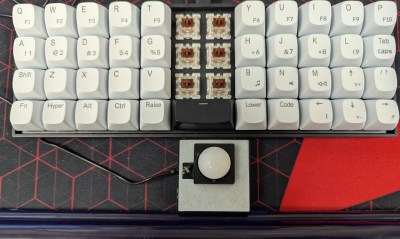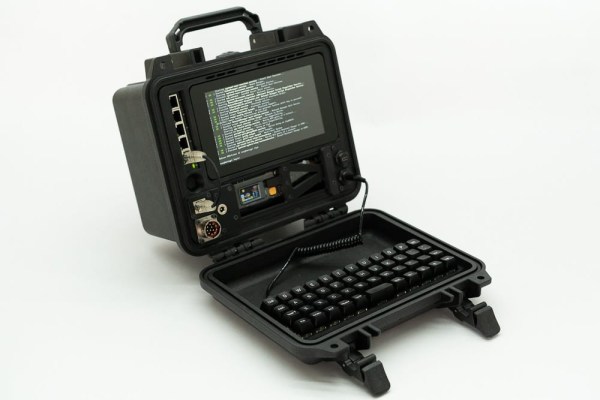The Mac mini is the closest to an Apple-based SBC you can get, so it lends itself to unusual portable computers. [Scott Yu-Jan] is back to tackle a portable build using the latest and greatest M4 mini.
[Yu-Jan] walks us through his thought process of how to maximize the portability of the system without all that tedious mucking about with setting up a separate keyboard, monitor, and the mini while on the go. With the more complicated electronics, the monitor risked tipping the keyboard over when attached, particularly since [Yu-Jan] isn’t a fan of batteries for his portables.
By affixing the Mac mini to the side of the keyboard, it makes the whole thing easier to slip into a bag without being overly thick. We get a peek into his iterative process as well when he evaluates the build and decides that the closing of the lid wasn’t what he was hoping for. By adding some TPU rests for the monitor to rest on in the closed position, he says it’s really brought the whole project up a notch. We certainly have had our own projects where one little detail really moves it from sketchy to polished, and we appreciate when makers clue us in on where that happened for them.
You may recognize [Yu-Jan] from our previous coverage of his older portable all-in-one Mac mini and this luggable version where he explains why he doesn’t like laptops. If you like your computers more stationary, how about some G4 iMacs with the newer internals from an M-series mini?




















